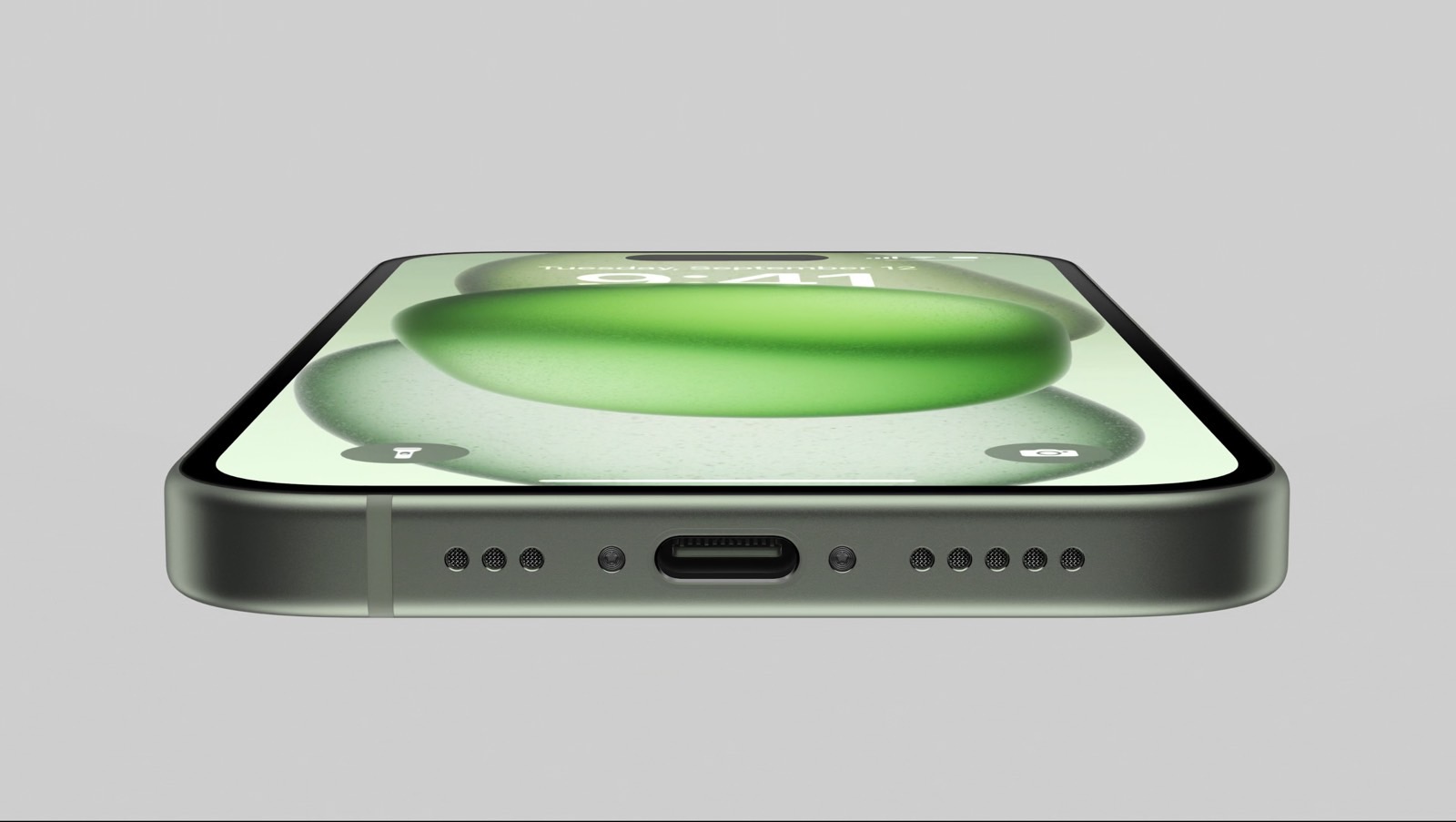Apple finally switched to USB-C from Lightning, and the new port will give iPhone 15 models various new exciting powers. Like 10 Gbps transfers on the iPhone 15 Pro/Max (with a special cable) or support for recording video directly to external storage (only for certain videos). But the USB-C port lets you charge other devices, like the AirPods and Apple Watch.
I assumed initially that Apple would block charging so the iPhone 15 only works with compatible Apple hardware. That Apple would limit charging to accessories like the AirPods and Apple Watch. After all, you don’t want to put an extra drain on the iPhone’s battery. But it turns out that the iPhone 15 can also recharge Android phones and the iPad.
That’s a great feature to have on hand, as it can get you out of some emergencies. You see, early iPhone 15 USB-C experiments have also shown that Android phones and iPads can recharge iPhone 15. There is a big problem that Apple needs to fix, however. There’s no way to control the direction of the power flow.
Picture this: you’re out somewhere with your friends and have a mix of Android phones and iPhones in your group. Let’s say one of you forgot to top up the battery before leaving, and battery anxiety kicks in. You can use your iPhone 15 to charge an Android handset or vice versa. As long as you have a USB-C cable with you, of course.
As I explained, the iPhone 15 will let you charge other USB-C devices at a maximum of 4.5W. It comes from Apple’s documentation on the matter. What you don’t get is to decide the direction of that power transfer.

iPhone 15 to Android and back
For example, the guys at PetaPixel tried connecting the iPhone 15 to a Pixel 7 to see what happens. They could not move files between the two devices, but they could recharge one off of the other.
First, the iPhone 15 served as a battery pack. They just pulled out the cable a few times for things to reverse. The Pixel 7 was charging the iPhone. It’s unclear what causes the reverse. And there’s no settings menu on the iPhone to control this sort of charging.
It gets even better if you always have an iPad with you. That device just turned into a portable battery pack for the iPhone 15. You need an iPad with a USB-C port on the bottom. Otherwise, the iPhone 15 will likely recharge the iPad. But nowadays, all iPads except the old iPad 9 have USB-C connectivity.
The iPad turns into a large battery pack for the iPhone 15
John Gruber was curious to see what happens when you connect the iPhone 15 Pro to the iPad Pro. It turns out either device can recharge the other. But it won’t be clear which is which. You might have to try a few times before you get the charging you wanted:
I got curious and connected an iPhone 15 Pro to my iPad Pro to see what would happen. The first time, the iPhone started charging the iPad. That wasn’t what I expected, and from what I gather, isn’t supposed to happen. I unplugged the cable and tried again, and the same thing happened: the iPhone charged the iPad. I unplugged the cable and swapped one side of the cable for the other, and this time the iPad started charging the iPhone, as though the cable had a direction for charging. Craziness. I tried again and the iPad (a 2018 11-inch iPad Pro running iPadOS 17) crashed. I expect Apple will straighten this out, but I’m surprised it’s buggy at the moment.
It’ll be interesting to see whether Apple can figure out a way to let the user decide whether to allow the iPhone 15 to recharge other devices via a new setting. Until that happens, you’ll just have to experiment and see in which cases your iPhone 15 can recharge other handsets or tablets.
But rather than rely on the mercy of others or use your iPhone 15 to rescue them, you might want to carry with you a battery pack and USB-C cable to have handy for when battery emergencies arise.








